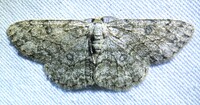
| Recorded by: Dean Furbish, Lior S. Carlson, Randy Emmitt on 2025-08-12
Alamance Co.
Comment: | 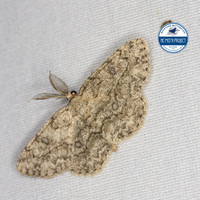
| Recorded by: Dean Furbish, Lior S. Carlson, Randy Emmitt on 2025-08-12
Alamance Co.
Comment: |
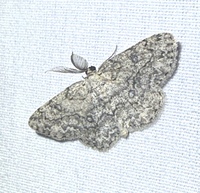
| Recorded by: Dean Furbish, Lior S. Carlson, Randy Emmitt on 2025-08-12
Alamance Co.
Comment: | 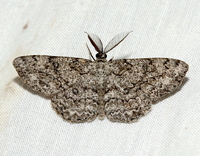
| Recorded by: David George, Jeff Niznik, Stephen Dunn on 2024-08-02
Chatham Co.
Comment: |
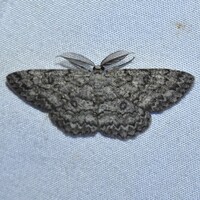
| Recorded by: David George, Jeff Niznik, Stephen Dunn on 2024-08-02
Chatham Co.
Comment: | 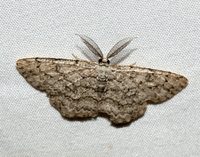
| Recorded by: David George, Jeff Niznik, Patrick Coin, Steve Hall, Carol Tingley, Tom Howard on 2024-07-27
Chatham Co.
Comment: |
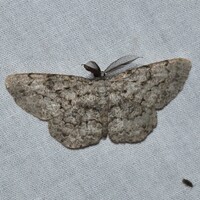
| Recorded by: David George, Jeff Niznik, Patrick Coin, Steve Hall, Carol Tingley, Tom Howard on 2024-07-27
Chatham Co.
Comment: | 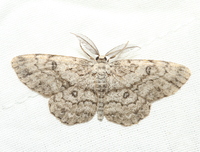
| Recorded by: David George, Jeff Niznik, Patrick Coin, Steve Hall, Carol Tingley, Tom Howard on 2024-07-27
Chatham Co.
Comment: |
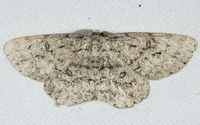
| Recorded by: John Petranka on 2024-07-26
Orange Co.
Comment: | 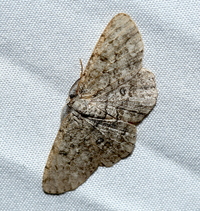
| Recorded by: David George, Stephen Dunn, Jeff Niznik, Patrick Coin on 2024-06-22
Chatham Co.
Comment: |

| Recorded by: Dean Furbish, Lior S. Carlson on 2024-06-17
Lincoln Co.
Comment: | 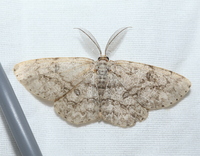
| Recorded by: David George, Jeff Niznik on 2024-06-10
Chatham Co.
Comment: |
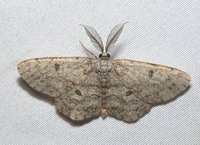
| Recorded by: David George, Jeff Niznik on 2024-06-01
Chatham Co.
Comment: | 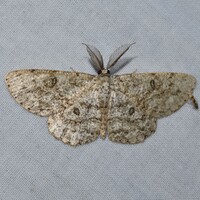
| Recorded by: David George, Jeff Niznik on 2024-05-25
Chatham Co.
Comment: |
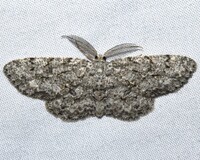
| Recorded by: David George, Stephen Dunn, Jeff Niznik on 2024-04-29
Chatham Co.
Comment: | 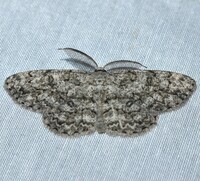
| Recorded by: Jeff Niznik on 2023-08-21
Durham Co.
Comment: |
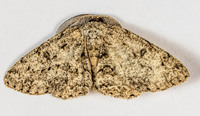
| Recorded by: Stephen Hall on 2023-08-18
Orange Co.
Comment: | 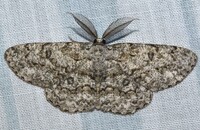
| Recorded by: David George, Stephen Dunn, Jeff Niznik on 2023-08-18
Caswell Co.
Comment: |
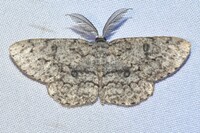
| Recorded by: Jeff Niznik on 2023-08-09
Durham Co.
Comment: | 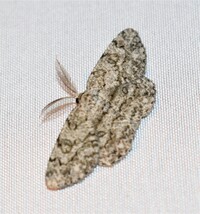
| Recorded by: Tim Foley on 2023-08-05
Orange Co.
Comment: |
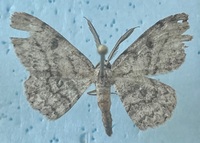
| Recorded by: Darryl Willis on 2022-08-08
Cabarrus Co.
Comment: | 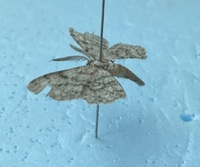
| Recorded by: Darryl Willis on 2022-08-08
Cabarrus Co.
Comment: |
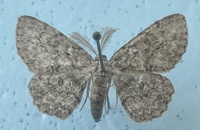
| Recorded by: Darryl Willis on 2022-07-08
Cabarrus Co.
Comment: | 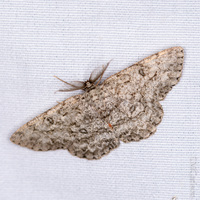
| Recorded by: David George, L. M. Carlson on 2022-06-21
Caswell Co.
Comment: |
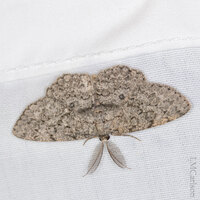
| Recorded by: David George, L. M. Carlson, Stephen Dunn on 2022-06-04
Orange Co.
Comment: | 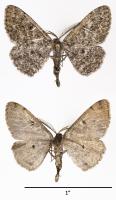
| Recorded by: Steve Hall on 2016-04-14
Harnett Co.
Comment: Dark form. Identity confirmed by dissection |
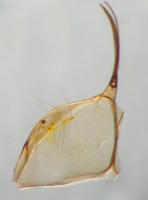
| Recorded by: Steve Hall on 2016-04-14
Harnett Co.
Comment: Left half of tegumen; setae length > 2x process length | 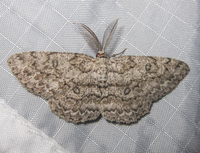
| Recorded by: Lenny Lampel on 2014-07-24
Mecklenburg Co.
Comment: |
|

 »
»














